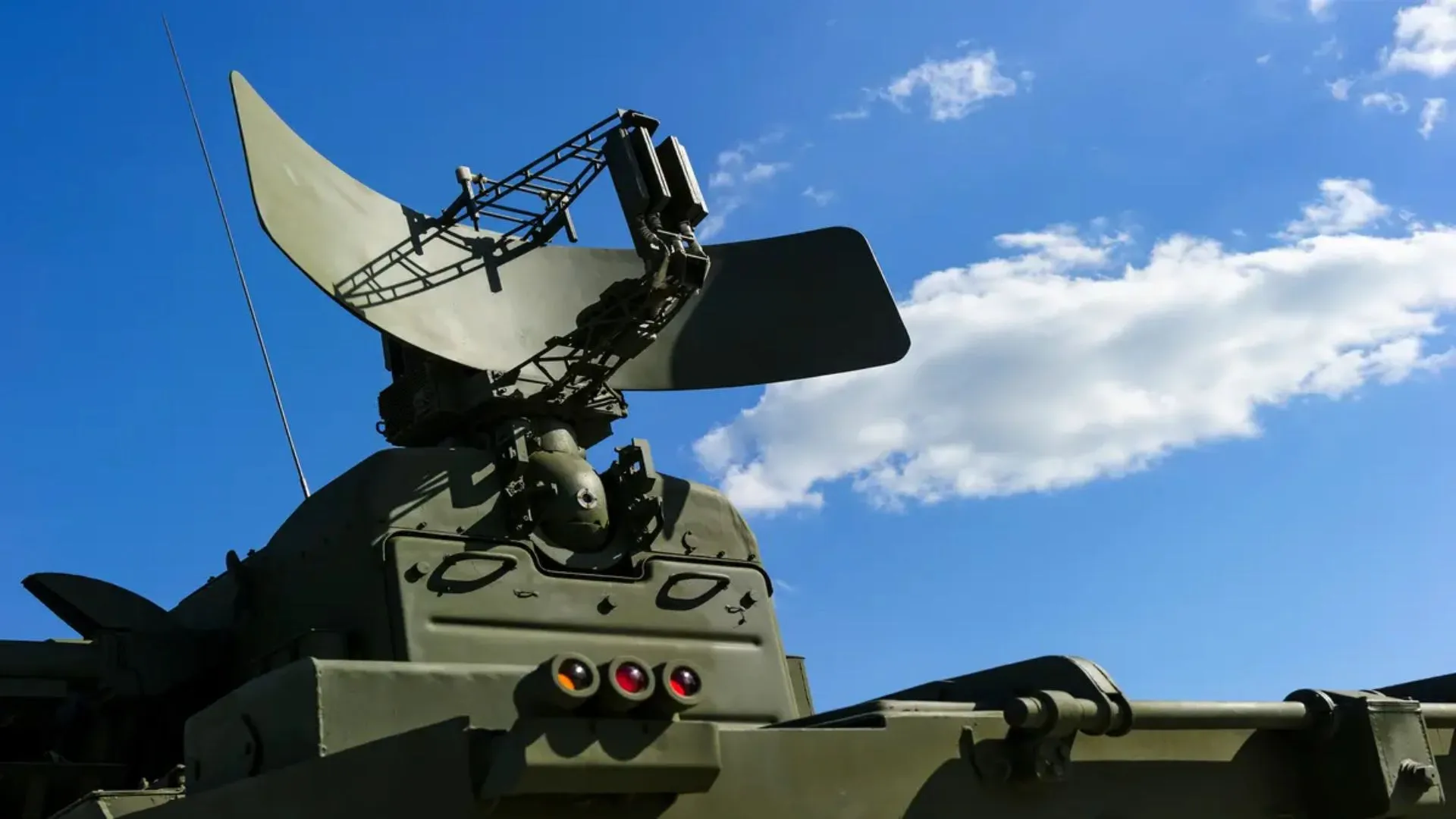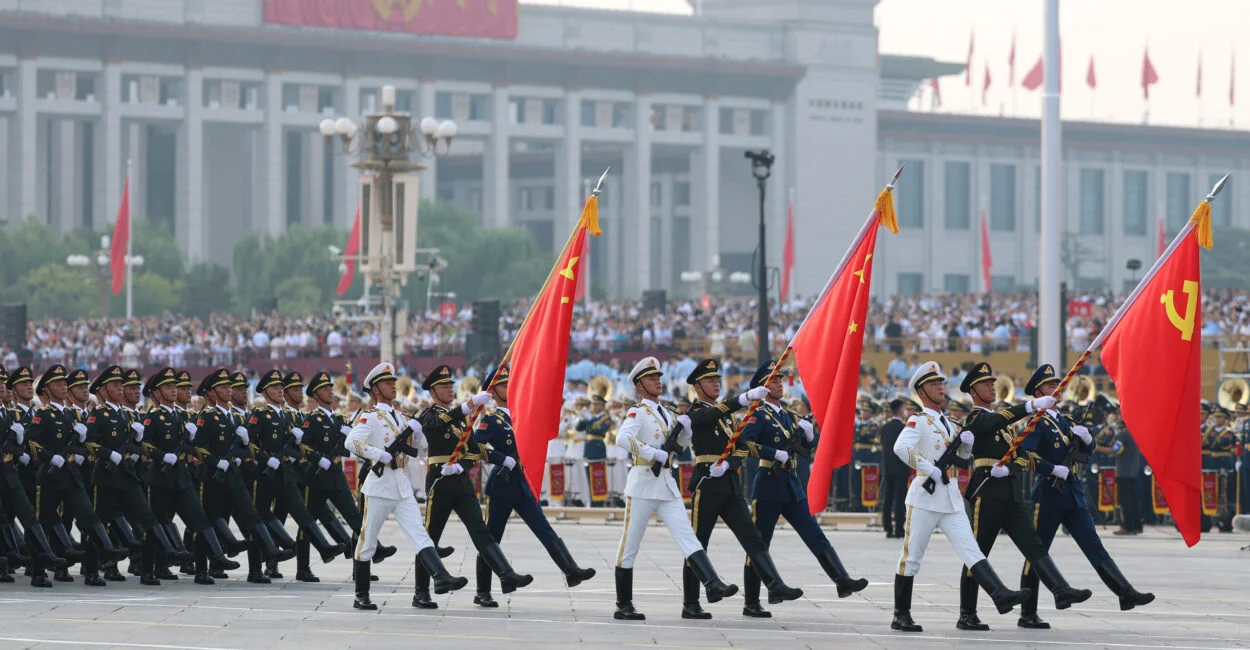
China has reportedly revealed a working prototype of a global defense system that can monitor missiles launched from anywhere in the world.
The system is called the “distributed early warning detection big data platform” and has already been tested and deployed by the People’s Liberation Army (PLA).
According to its developers, the system can allegedly track up to 1,000 incoming missiles simultaneously. It draws data from satellites, radar, optical sensors, and reconnaissance platforms across land, sea, air, and space.
The technology identifies flight paths, distinguishes between real warheads and decoys, and provides information to guide interception systems.
This is the first global missile defense system with global coverage, as the South China Morning Post (SCMP) reported.
How the system works
The research team, led by Li Xudong at the Nanjing Research Institute of Electronics Technology, explained that the prototype solves long-standing challenges of combining data from fragmented sources.
It integrates information from different regions and platforms, even if they were built by various suppliers and deployed at different times.
“The prototype system can achieve distributed parallel scheduling of up to 1,000 data processing tasks across nodes,” Li’s team wrote in a peer-reviewed paper published in Modern Radar on September 2.
By combining data from early warning systems, the platform produces unified results such as target tracking, launch alerts, and identification. Li and his colleagues said these results can then be shared across command levels, giving the PLA improved situational awareness.
As reported by SCMP, the system uses QUIC (Quick UDP Internet Connections), a next-generation data transport protocol that allows secure and fast transmission even under heavy interference. The data collected will also be used to train artificial intelligence systems for future upgrades.
U.S. Golden Dome still struggling
In comparison, the United States’ Golden Dome project has not yet produced a working model. President Donald Trump proposed the idea of creating a global missile defense network in May, but there is still no clear technical architecture or implementation plan.
U.S. Space Force General Michael Guetlein, the programme’s lead, admitted that progress is slow. “Everyone who’s telling you they think they know, do not know, including me,” he said in July.
Industry experts argue that the Golden Dome’s biggest challenge is not the weapons but the data. Dan Knight, vice-president of sensors and data integration at Arcfield, explained, “We have the information, or we have the data that we need. It’s just not in the right places.”
Knight added that the U.S. will need to redesign its data networks and use model-based engineering to make the system work. There are also debates about whether the Golden Dome should include allied systems and how much access artificial intelligence should have to sensitive information.
Shifting balance in defense technology
Some defense analysts point out that China is moving ahead while U.S. programs face delays. Hypersonic missiles, high-powered lasers, sixth-generation fighter jets, and electromagnetic catapults have all slowed in development in the U.S., while China has made steady progress.
According to the report, experts have suggested this could be another case where “the US has an idea but China brings it to life.”
China’s prototype is not yet perfect, but its deployment shows it has already crossed a milestone in building the world’s first planet-wide missile defense system. The researchers said they expect to improve and scale up the platform in the future



